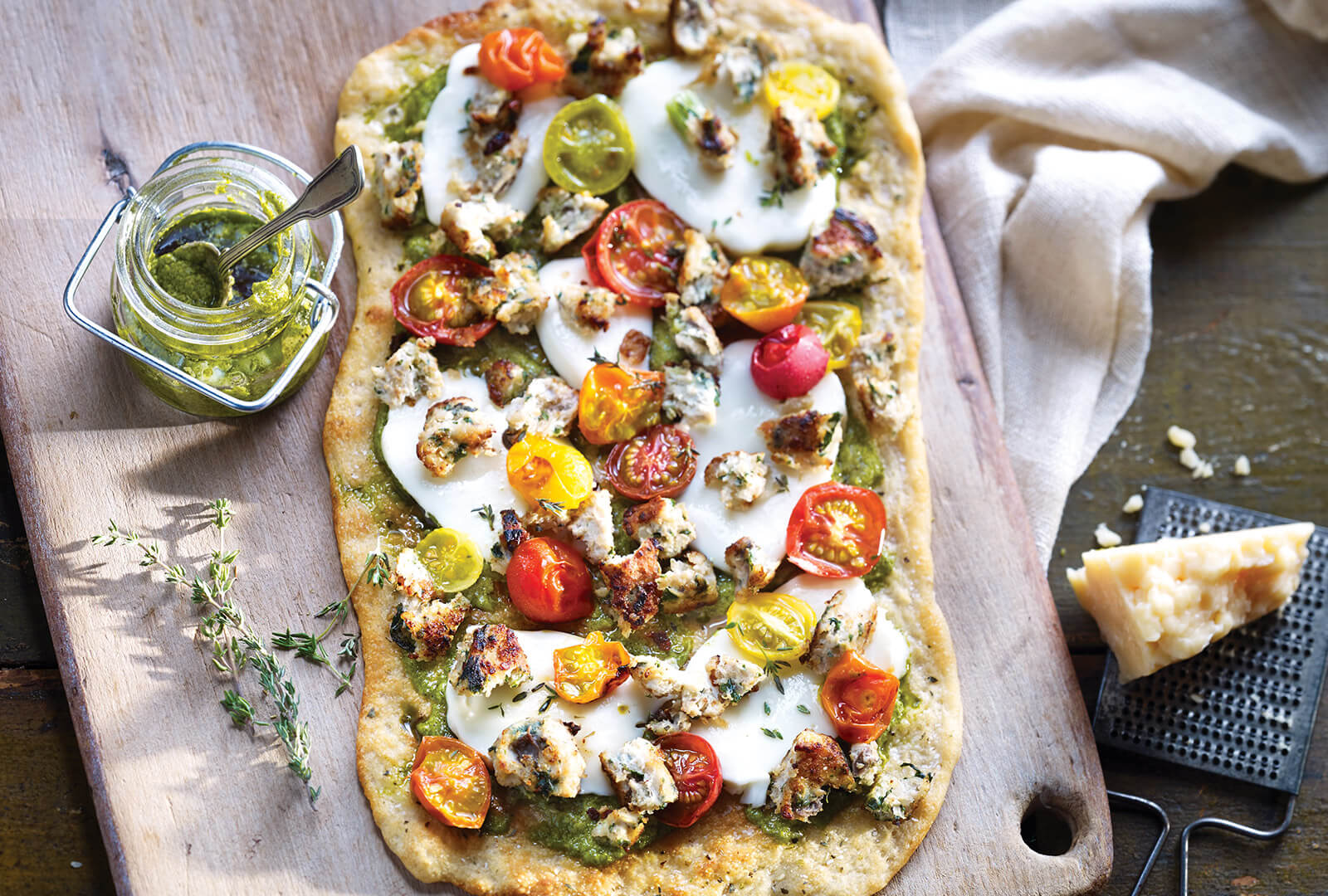
If food is the ultimate unifier, it’s a wonderful and positive thing that the popularity of ethnic cuisine — and please, we don’t mean pizza or quesadillas, or sweet and sour chicken — is on the rapid rise.
Ideally, that means as a culture, we are more and more open-minded and accepting of the things we are perhaps unfamiliar with. As the saying goes, we are afraid of what we don’t know. With food as the starting point, maybe this indicates that society is less afraid and more embracing of human diversity, individuality and uniqueness.
And if all of that is a little too philosophical, here are two words for you: banh mi. And others: Arepas. Tom yum soup. Kimchi fried rice. Lamb tagine. These are all very, very, very good things. Go with them.
If you’re curious about the origin of “ethnic food” in America, you’re going to need a Ph.D. in history to understand where it came from. In a nutshell, the term entered our vernacular mostly in the 1950s as a way of explaining a new kind of taste, flavor and way of eating. Essentially, food that wasn’t traditionally associated with mainstream America was — and still is — called ethnic.
“For many years, what we Americans knew as ethnic was Mexican, Italian and Chinese, albeit most of it not authentic at all,” said Tony Finnestad, Foodservice business development chef for Hormel Foods. “But recently, in a restaurant foodservice magazine, they listed the 50 fastest growing fast-casual concepts. Six of the top 50 were either Middle Eastern or Mediterranean. Ten years ago you’d be hard-pressed to see either of those ethnic cuisines represented anywhere in the top 50.”
On that note, Finnestad believes foodservice providers need to keep it real. “Authentic isn’t only wanted, it’s expected and demanded. American consumers are so much more intelligent about food now than they were 10 years ago. They can see right through a concept that isn’t authentic.”
Authentic isn’t only wanted, it’s expected and demanded.
Chef Tony Finnestad
While there’s a high bar for chefs serving up authentic ethnic cuisine, the search for the real deal is nothing but fun for diners today. It’s rather common to hear about friends hunting down some obscure Taiwanese place that serves up lu rou fan (braised pork with rice) exactly like they had in the motherland, or a Greek joint with dolmades just like the ones they had last summer. Finding that hole-in-the-wall place with the best Cambodian nom banh chok is a full-day event, and undoubtedly a bragworthy blast. Locating your city’s most insane Filipino fare is a foodie badge of honor.
The pursuit of culinary sophistication is fun, delicious and once again, ideally a sign of open-mindedness and acceptance. Hormel Foods is as enthusiastic about this thriving culinary melting pot as anyone. With brands like La Victoria®, Herdez®, Dona Maria®, Don Miguel®, Búfalo®, Fontanini® and more, Hormel Foods is happy to play a part in uniting and embracing all foods — and, by extension, people — of our big, beautiful world.
This story was featured in Issue VI of Inside Hormel Food magazine. Click here to explore these unique collections of thought-provoking and heartwarming stories, recipes and features on our employees and the different areas of our company, all packaged up in a beautifully designed digital viewer for you.